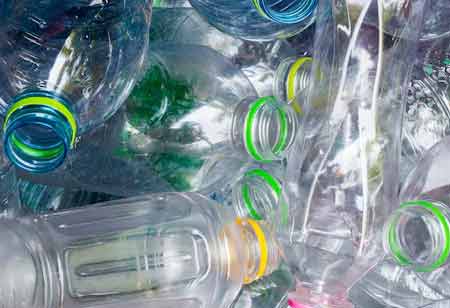Thank you for Subscribing to Environmental Business Review Weekly Brief
In What Ways can Ecological Restoration Benefit Both Humans And Wildlife?
We are beginning to see the value in ecological restoration: reversing these trends and making safe habitats for other species of animals.

By
Environmental Business Review | Tuesday, January 09, 2024
Stay ahead of the industry with exclusive feature stories on the top companies, expert insights and the latest news delivered straight to your inbox. Subscribe today.
Predators leave carcasses behind and eventually die. Therefore, the land must also have decomposers—large scavengers but also insects, worms, bacteria, fungi, and other species that consume whatever passes and return it to the soil.
Fremont, CA: Deforestation and destruction of grasslands and wetlands have taken a toll on biodiversity. We are beginning to see the value in ecological restoration: reversing these trends and making safe habitats for other species of animals.
Some people have long questioned the wisdom of putting the well-being of endangered species above human needs. Actually, restoration can serve both interests.
Natural ecosystems suffer three degrees of harm.
• Damage results from such activities as building a single structure, selective logging, establishment of non-native species, or poaching.
• Degradation results when damage starts to disrupt the ecosystem’s structure and function and cause loss of biodiversity. Causes include monoculture farming, excessive grazing, overfishing, overhunting, or persistent invasions of non-native species.
• Destruction results from such practices as land clearing, urbanization, mining, or coastal erosion that removes all the animals and vegetation growing there.
That is, people can carry out restoration projects that remove invasive species, plant trees, restore wetlands or grasslands, reintroduce various animal populations, restore natural river flow, etc. The different life forms actually perform the work of recovery. How long it takes depends on the kind of damage, degradation, or destruction the land suffered. If, for example, it loses 500-year-old trees, it will take 500 years for new plantings to replace them.
Rewilding
Lots of people applaud the reintroduction of herbivores such as bison or beavers. The thought of reintroducing top-level carnivores such as lynx and wolves stirs up controversy. For one thing, wolves do not know that they are supposed to prey on wild animals but not the cattle on nearby ranches. And some people romanticize deer and beavers and become squeamish at the thought of anything killing them.
However, healthy biodiversity demands the entire range of the food chain. Herbivores eat a variety of plants. It’s not suitable for the land if they become too numerous and overgraze. So, healthy biodiversity must include predators to keep their numbers in balance.
Predators leave carcasses behind and eventually die. Therefore, the land must also have decomposers—large scavengers but also insects, worms, bacteria, fungi, and other species that consume whatever passes and return it to the soil.
Restoration of Natural Disturbances
Lastly, natural disturbances such as floods and fires actually contribute to ecosystem resilience. During the past century or so, conservationists have worked to limit their distribution. It has only been recently that we have recognized our mistakes. Consequently, it is necessary to create conditions in which natural processes can occur on their own, and nature will take care of itself in order to restore ecosystems.





